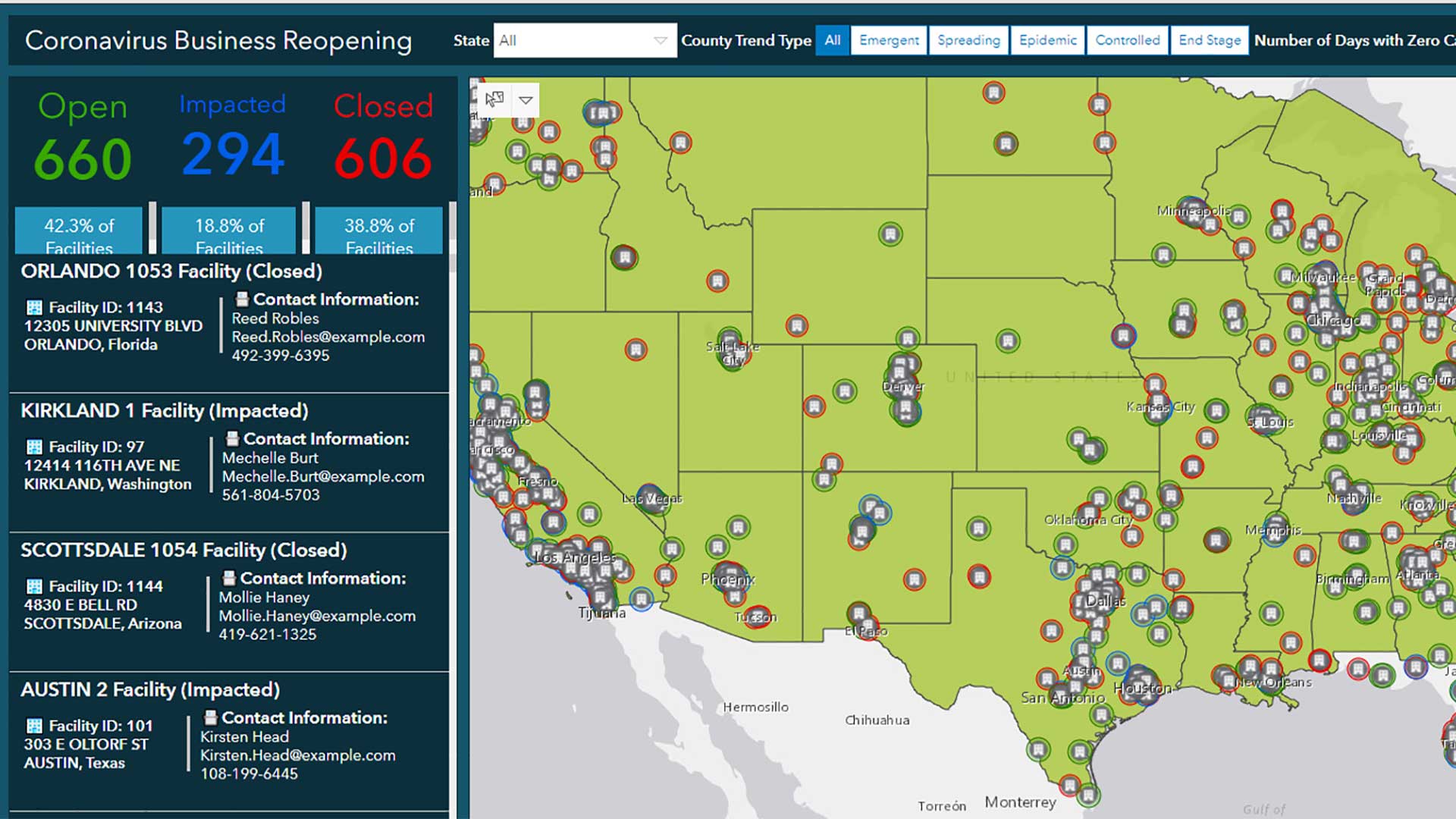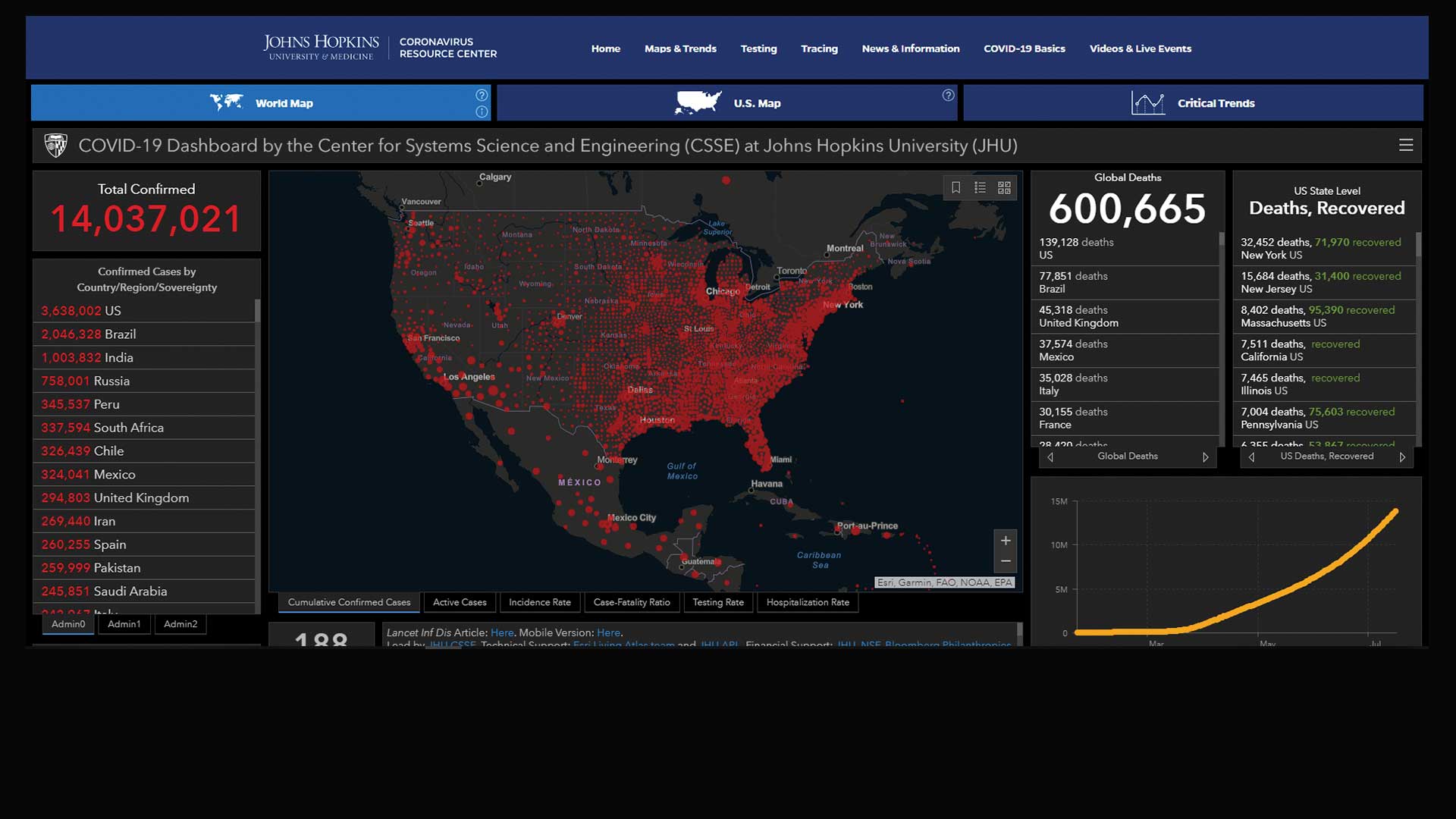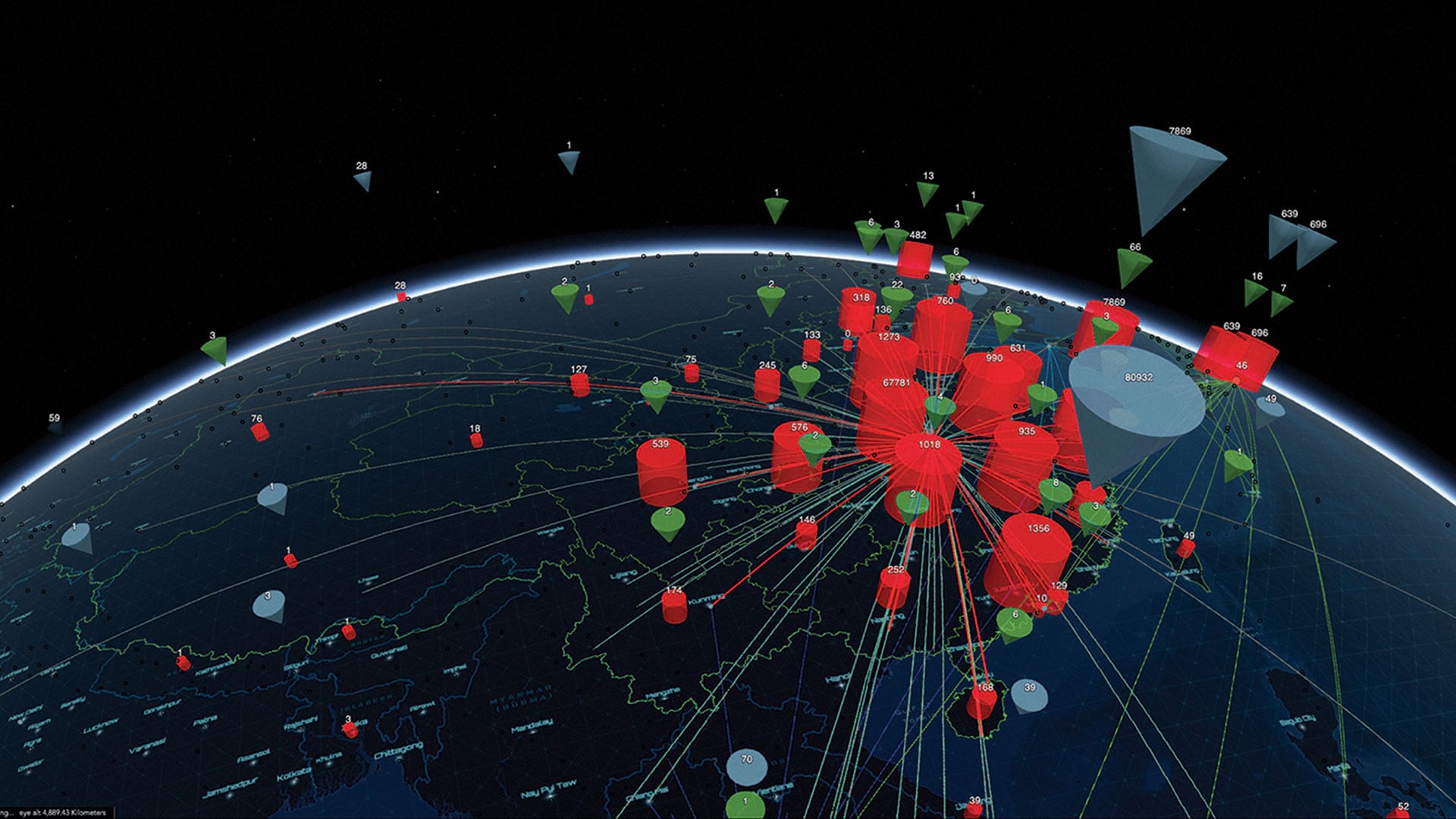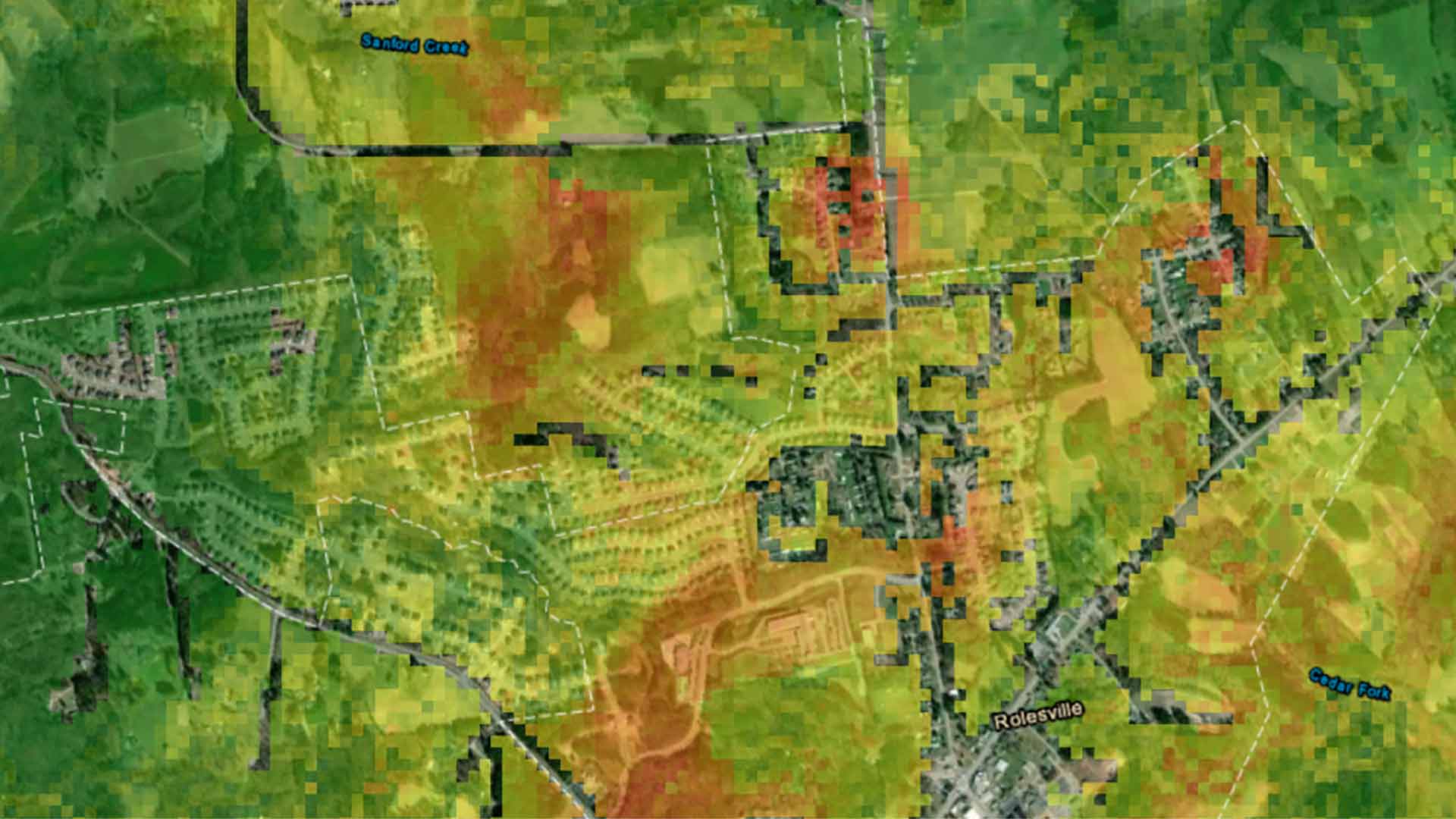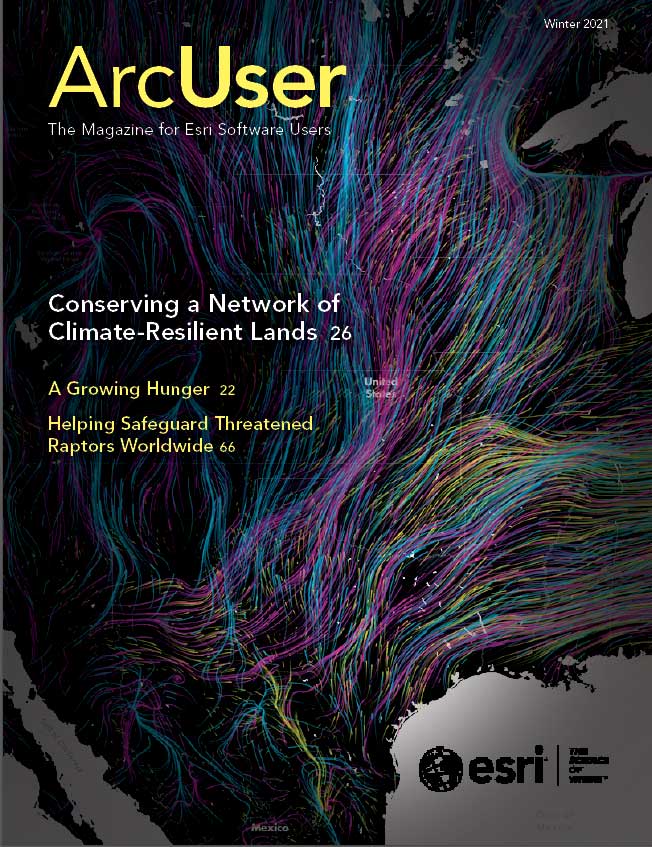GIS technology can help Feeding America food banks across the United States by enabling these organizations to understand their constituents, manage volunteers, and efficiently deliver services.
Feeding America operates a national network of food banks that provide meals to 46 million people each year. Each local chapter sources food and then stores and distributes food to a network of local partner food pantries and soup kitchens.
The COVID-19 pandemic has added to the challenges faced by Feeding America food banks. The staggering increase in food insecurity across the United States is being met by thousands of Feeding America’s food banks. While the pandemic remains a threat to safety and health, hunger is creeping into many homes. For the first time, many families are facing insecurity not only in food but also in jobs and housing.
Food insecurity has a slew of deleterious effects. It means that families can afford fewer options at the grocery store, and many of those options are less healthy. Feeding America estimates that overall one in nine people may face hunger.
The organization has been dealing with a shifting landscape: food suppliers in limbo, volunteer support scaled back, and a massive increase in food support needs. Workflows are continually evolving due to COVID-19, and it is often challenging for food banks to identify new solutions. Working with limited in-person staff, as well as a huge increase in food needs, has shifted organizational priorities and limited resources.
A local organization, Feeding America Riverside San Bernardino (FARSB), was hit particularly hard by growing food insecurity. FARSB serves people in two large counties in Southern California, Riverside and San Bernardino. In 2019, FARSB served 18 million meals. Since the pandemic, it has seen a 60 percent increase in food needs across the community.
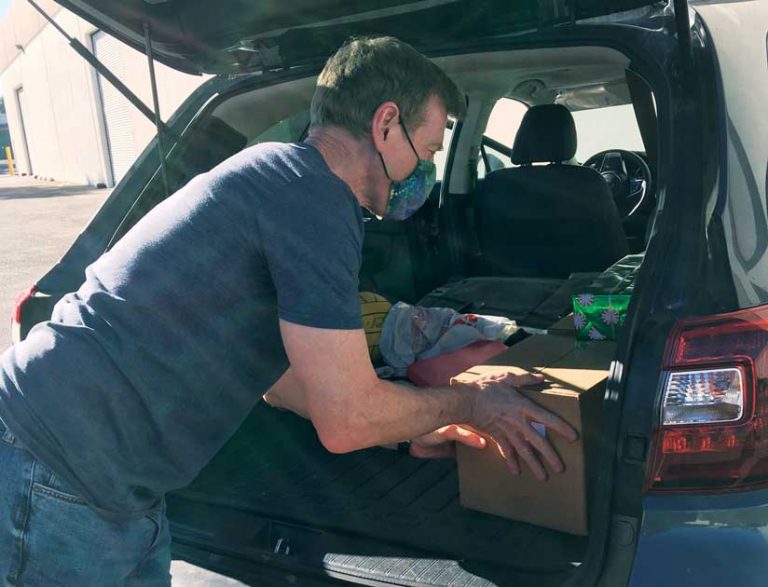
Pandemic Brings New Challenges
Since the pandemic, driving to food pantries has not an option for families without a car, some elderly persons, or those who are immunocompromised. FARSB needed to rapidly scale its home delivery program to reach these vulnerable community members. The requests for home delivery had increased from one or two per week to 50 or 60 per week.
That’s when Vanesa Mercado, operations manager for FARSB, mobilized the Homebound Emergency Relief Outreach (HERO) program. The program operationalized the food banks’ large network of volunteers to find and deliver food to their neighbors.
Volunteers who signed up through the FARSB website were placed on an email list. Mercado manually created spreadsheets containing new delivery requests and sent them each day to volunteers, who assigned themselves deliveries, completed them, and updated the spreadsheets.
With this method, Mercado had no clear way to track progress and it was a huge logistical challenge. “It was very administrative intensive,” Mercado said. Volunteers were struggling with a system of lots of spreadsheets. Staff paired volunteers with those in need and gave instructions for food pickup and delivery in addition to other responsibilities related to the COVID-19 pandemic.
A Solution Designed
Amanda Stanko. who works at Esri as a solution engineer, wanted to get involved. She put GIS as a special skill on her volunteer form for FARSB two years ago. She’s been working with Mercado’s team ever since.
“We all started brainstorming,” said Stanko. They wanted to put a system together that would take the stress off the administrative side and use maps and location intelligence to streamline the food delivery process. Stanko worked with Mercado to develop a new home delivery system using the Esri mapping platform.
Volunteers and those requesting assistance now fill out forms online that feed into the Volunteer Delivery Dashboard. This web-based dashboard lets volunteers easily see if there is a home delivery near their location, assign themselves to make it, and get on the road.
Mercado likes the system. “Overall it’s been very efficient. It’s very friendly for new users and easy to maneuver. It’s been a great platform for us to use.” She can also share program insights from the app with a much broader audience. “The information from these dashboards is shared with the community, it is shared with funders, and it’s shared with our board.” It has helped in showing the impact of the HERO program.

FARSB is planning to support the HERO program indefinitely, allowing Mercardo to expand the program to meet additional needs. “I absolutely see this tool being useful long-term as this program grows.”
To learn more about how you can volunteer or receive food assistance, go to feedingamerica.org.
